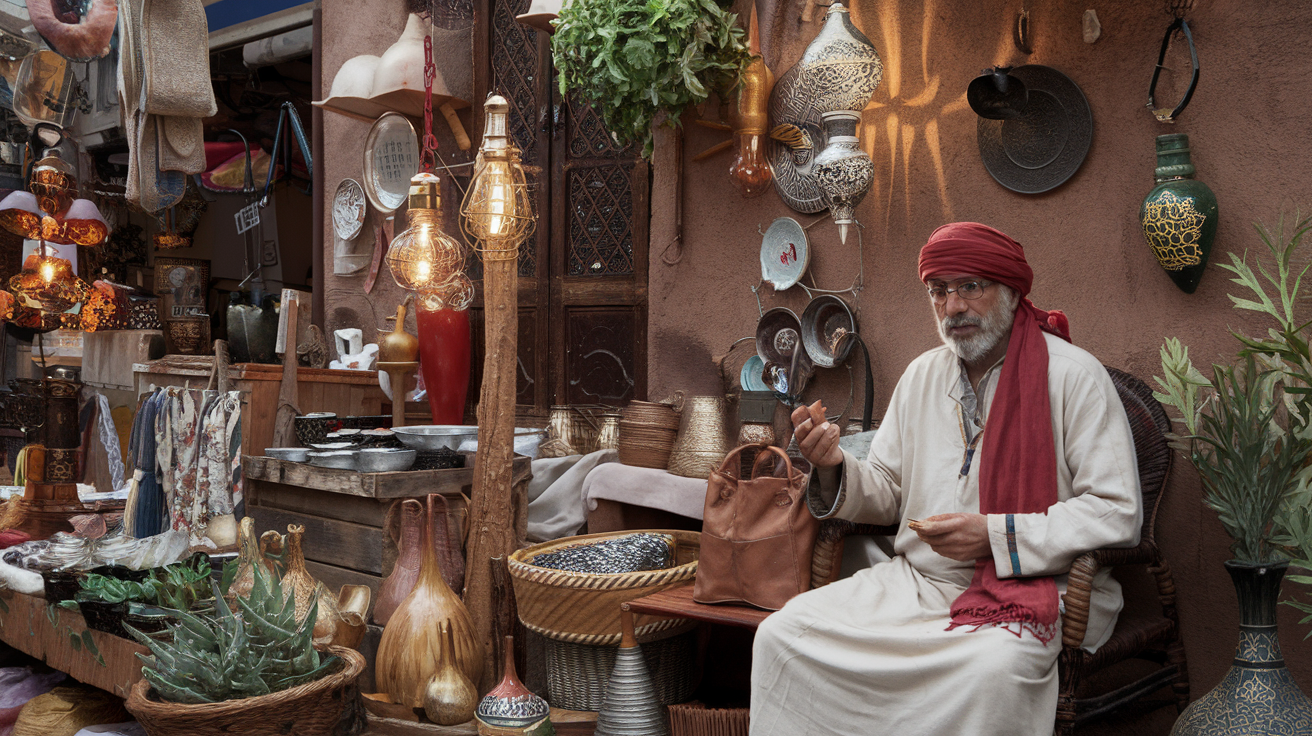
What is the Best Time to Visit Morocco?
General Weather in Morocco:
Many people wonder what the best time to visit Morocco would be. Often, they think that Morocco is boiling hot all year round, but, contrary to popular belief, the climate in Morocco is seasonal and varies from region to region. This is due to the country’s varied geography, which results in different temperatures, rainfall, and winds.
Average Rainfall in Morocco:
Morocco experiences hot summers and cooler winters, with much more rainfall in the northern regions compared to the south. Whether you’re planning a full Morocco tour, a desert tour, or just a day trip to a specific location, it’s essential to know a bit more about the country’s weather to prepare accordingly.
With the Sahara Desert in the south, four major mountain ranges, central plains, and both an Atlantic and Mediterranean coastline, Morocco has four distinct seasons. However, the weather is generally sunny and dry.
Let’s take a closer look at the climate in Morocco by season.
SUMMER: June, July, and August (Including Late May and Early September)
Summer in Morocco can be extremely hot, with a noticeable lack of a cooling breeze unless you’re near the coast or in the high mountains. Many travelers struggle with the intense heat, as temperatures often stay high throughout the night, and many accommodations, taxis, and buses don’t have air conditioning.
If you plan on taking a desert tour, remember that the daytime heat can become unbearable, though evenings and nights are usually much cooler. It’s best to take your excursions in the early morning and evening while relaxing indoors, in the shade, or by a pool during the hottest part of the day. Don’t forget to pack sunscreen, sunglasses, a hat, and light, breathable clothing, but be sure to bring warm clothing for the nights.
During these months, rain is rare, but thunderstorms and flash floods in the mountains can occur. When a few drops of rain do fall, it’s usually quite refreshing.
Top Tip: Many Moroccans escape the heat of the cities to enjoy the cooler coastal areas during the summer. It’s a good idea to plan your Morocco tours around this if you want to enjoy the best weather.
AUTUMN / FALL: September to October (or often Mid-September to Mid-November)
Autumn is one of the most popular times for Morocco tours. The country still enjoys plenty of sunshine, but the temperatures are not as extreme as in the summer. This season has minimal rainfall, and the evenings are cool but not too cold.
WINTER: November, December, January, and February (Usually Mid-November to February)
Winter in Morocco brings cooler temperatures, especially in the northern regions, and is when the country experiences the majority of its rainfall. However, the weather is still much warmer than many European countries or parts of the USA. Tourists often wear shorts and t-shirts even during the winter months.
Although most days are dry, November brings a lot of rain in the north, while the south often remains dry. In recent years, even winters have been relatively dry, possibly due to global warming. It’s wise to bring warm clothes and a light raincoat.
Snow falls in the mountains, and for those looking for a different winter experience, Morocco offers skiing at resorts like Michliffen in the Middle Atlas Mountains.
Top Tip: The Christmas and New Year period is becoming increasingly popular for tourism in Morocco. As a result, hotel prices rise significantly, and it’s advisable to book accommodations in advance as many places get fully booked.
SPRING: March, April, and May
Spring is perhaps the best time to visit Morocco, with the perfect combination of long, sunny days, occasional light rain, and cool, pleasant evenings and nights. The landscape comes alive with vibrant flowers, singing birds, and lively lambs, creating a fresh and green atmosphere before the summer heat sets in.
Even the Sahara sees a touch of green growth during the spring months.
Top Tip: As with the Christmas/New Year period, be sure to book your rooms well in advance around Easter, as room prices may rise at some establishments.
Top Tip: April is known for dust storms and sandstorms in the Sahara, which can make travel difficult in the southern parts of the country. If you’re planning a desert tour, it might be best to consider another month or take the necessary precautions.
Special Occasions:
Remember that local cultural events can impact your visit. The holy month of Ramadan, for instance, moves each year according to the Islamic lunar calendar. During Ramadan, many cafes, restaurants, bars, and alcohol retailers are closed, and it can be harder to find a refreshing drink during the hot midday hours.
Also, keep an eye out for seasonal festivals as they can influence your stay and provide unique cultural experiences.


